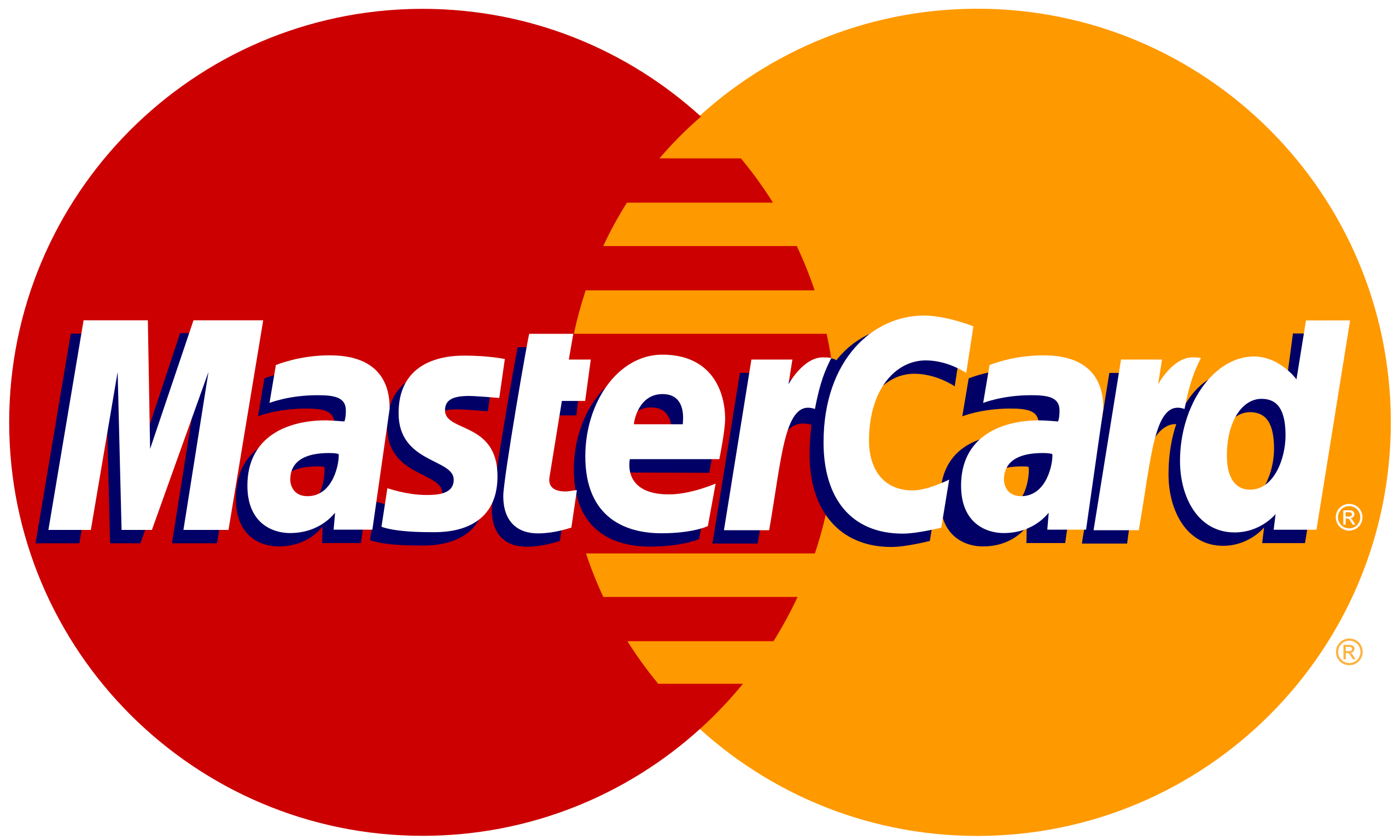
All organizations are faced with consistent pressure to overcome challenges and to continually improve. Regardless of your type of organization or industry, critical decisions are being made throughout the year. Leaders in any level of an organization have a responsibility to continue to operate the business while facing continuing changes and challenges. This is Continuous Improvement. In order to continue to be successful amidst these changes and challenges, there are a handful of basics that all leaders must handle. The question is, how much time and resources will we spend trying to keep up with these changes and challenges? And how successful will we be?
These decisions include some form of budgeting, planning, setting targets or goals, figuring out where you'll have trouble meeting goals, and then assigning resources to work on specific improvements. Your organization either has a rigorous method in place to handle these decisions and milestones or they don't. But, decisions are being made.
While some leaders and organizations do this really well, the majority (sorry to say) do it really badly
Without a structure in place, the atmosphere will be chaotic, random, emotional, hyperactive and demoralizing. Decisions are made today and are forgotten tomorrow. Direction changes, efforts to improve conflict or collide, resources are pulled in and out of issues and the same problems show their face month after month and year after year. While some people may feel like heroes, the majority of leaders and employees feel overwhelmed and drained. But, that’s not all...they often result in anemic, if any, Return On Investment. So people are working really hard in a stressful environment and getting very little in return.
The more deliberate and organized we are with our decision-making and allocating resources to continually improve, the greater our Return on Investment. It's that simple. Every single customer we work with unequivocally complains that they have no time or resources. Everyone is "flat out". Yet, organizations across the globe have very little awareness of how many resources are wasted with sloppy and chaotic decision-making and execution of critical milestones.
We’ve written before on the #1 reason why improvement projects fail, now we’d like to provide a simple tool for leaders to improve their cycle of decisions that will result in an improved organization.
Introducing..."The Leadership Cycle" 🎉
We designed this Leadership Cycle graphic to aid in organizing and executing the cycle of decisions and milestones required to continually improve an organization. This an annual cycle, split up into quarters and months. There is a logical order to these milestones...and order matters. Whether you start your cycle with the Budgeting Process in August or January, the order of the milestones stays the same and it's up to you to calendar and execute in the proper sequence and on time...that is IF you want to improve!
In our example here, the Budgeting Process starts in August, which sets the pace for the rest of the milestones. To use this tool:
- Schedule: Plot the months around the cycle. What milestones have a set date in your organization? Where would the remaining milestones fit in?
- Execute: For each milestone, determine how they will be executed - what methods and tools will be used in order to execute with finesse?
Let's take a look at what's going on around the cycle in a little more detail.
Leadership Cycle Milestones
For detailed description of the milestones, instructions and templates, check out our Lean Six Sigma Sponsor online course or individual modules.
Budget, Strategy and Goals
The setting of the budget, strategic direction and organizational goals is typically done at the highest levels of the organization. These decisions are made by leaders who establish the key business drivers and overall direction, which sets the trajectory for the rest of the cycle. With goals (such as Regional or Departmental) established, the next level of leadership will pick up the cycle and begin to analyze where to focus additional effort or resources in order to achieve the goals.
What you might hear if these milestones/decisions are done POORLY...
"Sales were up 25% last year! This year, let's go for 50%!"
"There's an immediate ban on travel and spending for the rest of the year"
"We can't replace it, you know this place never spends money on this kind of thing"
"The boss just read a great book on automation. We're focusing on that now"
Gap/Opportunity Analysis
There is usually no shortage of ideas of where to focus our resources. If leaders rely on a solid method to identify gaps between current and desired results, they can identify and prioritize improvement opportunities; these are projects that (if done well) will results in a great ROI. You know, greater productivity, quality, profitability, scalability, happier customers and employees! This means that we methodically identify inefficiencies or ineffective processes, weigh the resources required to improve, and then go after those vital few with laser focus.
What you might hear if these milestones/decisions are done POORLY...
"Everything is a priority! We have to figure out how to get it all done"
"We just need more people"
"It's always been this way...this too shall pass"
"Customer complaints were up last week! We need you guys to get on this now!
Project Selection and Kickoff
We cannot over-emphasize the importance of selecting the right projects and then kicking them off properly. The project kickoff sets the tone and establishes rigor and organization going forward. Selecting the vital few projects out of many options requires clarity and agreement on project criteria (what makes a good project?). This means that not every issue will be worthy of our precious time and resources. Once projects are selected (based on expected ROI), a kickoff - or formal handoff from leaders to team - occurs.
What you might hear if these milestones/decisions are done POORLY...
"I don't know why I'm here. My boss just told me to be in this meeting"
"Oh, you can stop working on that. It's not important anymore"
"Am I supposed to take this on in addition to everything else I'm doing?"
"Everyone! Hurry up and fix this! The client meeting is next month!"
Portfolio Review
As multiple improvement projects are kicked off throughout the year, regular reviews are established to ensure that all leaders are aligned, and can collaboratively intervene to keep projects on track (or even kill them if needed). An aligned leadership team collaboratively focused on providing the necessary direction and support to teams as they progress through their projects is the number one success factor.
What kind of things would you hear if these decisions are done POORLY?
"Let's round robin and you can all tell us how great your department is doing"
"We're still plugging away and working on it..."
"Is that project still going on? I think we finished that..."
"Yeah, we changed the process, but we're getting the same results"
Wrap Up
The vast majority of leaders and employees are fully occupied with daily responsibilities. And on the side, in the spare margins of our day, we are expected to figure out how to continually drive changes that make things better. With a good, solid structure in place, this can be done swiftly and elegantly. It can be done in a collaborative and organized way that allows us each to contribute to the best of our ability getting the most out of the vast and diverse skills of the organization. This is rarely achieved by luck or by chance with a chaotic or random mix of methods, styles and efforts.
Go ahead, indulge yourself and see what a dose of calm, organized rigor can do for your organization. Take the first steps to put an end to wasted efforts and look forward to real and tangible return on your investment. The Leadership Cycle...better than chocolate!
Comments (0)
Categories
Recent posts


Lean Six Sigma Green Belt and COVID – ...
19/08/2022
The Ultimate Guide to Learn Data ...
6/01/2023
Lean Six Sigma Implementation Process - ...
31/10/2022
Unlock the Hidden Potential of Data ...
21/01/2023
Save Big Today
Looking for the best deal? Save time and money by comparing prices, reviews, and features of courses before making your enrollment. Start now!

















